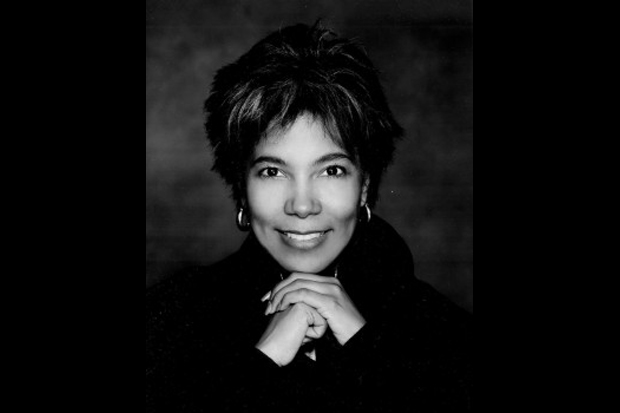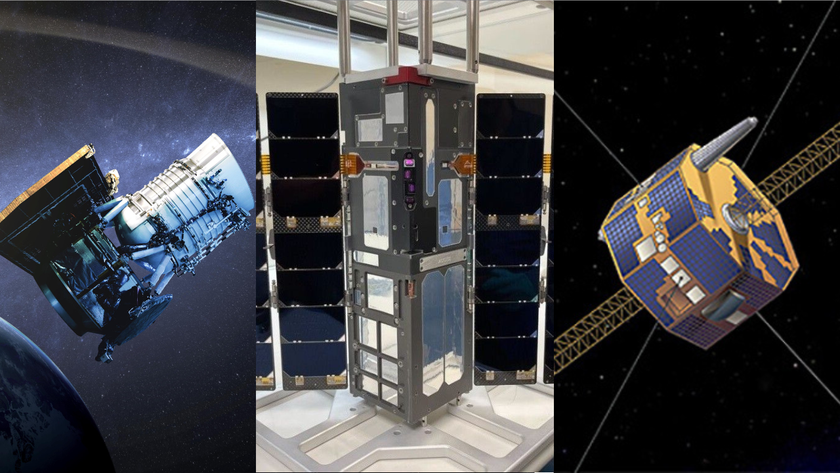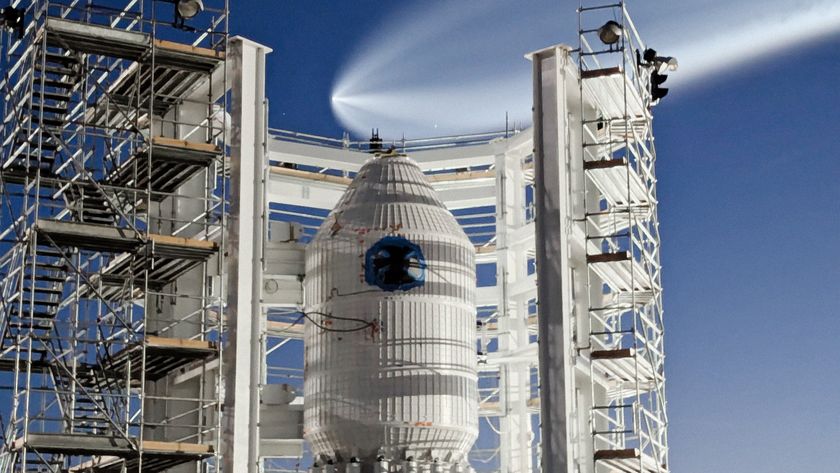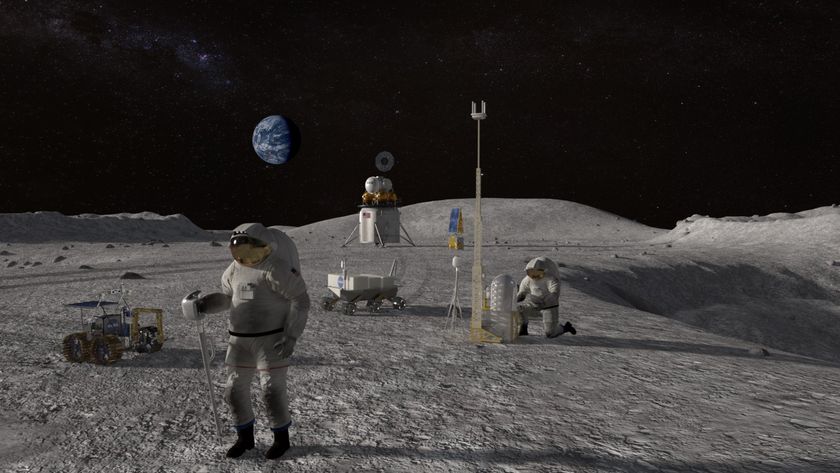Claudia Alexander, Beloved NASA Project Scientist, Dies at 56

Claudia Alexander, a beloved NASA project scientist who spearheaded NASA's side of the European Rosetta comet mission and the Galileo mission to Jupiter, has died at age 56.
Alexander died after a 10-year battle with breast cancer, according to a NASA statement.
Alexander was a well-loved and prolific planetary scientist, science communicator, and even science fiction writer and children's author. She has left her mark on the study of comet formation, Jupiter and its moons, magnetospheres, plate tectonics, space plasma, the solar wind and the planet Venus, and according to her NASA biography, she wrote 14 scientific papers.
"Claudia brought a rare combination of skills to her work as a space explorer," Charles Elachi, director of NASA's Jet Propulsion Laboratory, said in the NASA statement. "Of course, with a doctorate in plasma physics, her technical credentials were solid. But she also had a special understanding of how scientific discovery affects us all, and how our greatest achievements are the result of teamwork, which came easily to her. Her insight into the scientific process will be sorely missed."
After a high-school internship with NASA, Alexander again got involved in science during college, after her parents convinced her to major in "something useful" like engineering, rather than journalism, at the University of California, Berkeley, according to The New York Times. From there, she moved on to Earth science and then planetary science. After that, she got a master's degree from the University of California, Los Angeles and then a Ph.D. from the University of Michigan.
Alexander worked on NASA's Galileo mission to Jupiter for many years, controlling the plasma wave instrument and eventually taking over as its final project manager. The mission discovered 21 new moons — Alexander was amazed to find a thin atmosphere on Ganymede, which she had thought was frozen solid — witnessed a comet's destruction in 1994 and revealed Jupiter's atmosphere for the first time before plunging into Jupiter in 2003 to avoid crashing into and contaminating one of Jupiter's moons.
At the time, Alexander told Space.com: "It's a little sad to be present at the demise of a great spacecraft." But as it fell, she hoped to grab as much data as possible.
Get the Space.com Newsletter
Breaking space news, the latest updates on rocket launches, skywatching events and more!
Alexander also served as U.S. project scientist for the European Space Agency's Rosetta comet mission, a 10-year mission to land a probe on comet 67P/Churyumov-Gerasimenko. The spacecraft gained speed over the course of four planet flybys before entering orbit around the comet in 2014 and beginning to observe the changes it underwent as it approached the sun.
According to The New York Times, Alexander was used to walking between two different cultures as a black woman in a field dominated by white men. Over the course of her life, she also served as a bridge between the scientific community and pop culture by talking with the media and spreading a love of science through her fiction writing.
Alexander was named woman of the year by the Association for Women Geoscientists, and received the Emerald Honor for Women of Color in Research & Engineering from Career Communications Group, publisher of Black Engineer and Information Technology magazine.
"In my job, I get to meet some pretty amazing people," Janet Vertesi, a sociologist at Princeton University, said in NASA's statement. "Even in a field of superstars, though, you are often fortunate enough to meet people who stand out as truly exceptional human beings, whom everyone admires and who somehow manages to achieve the work of 10 people effortlessly while making everyone feel excited to be working together and along for the ride.
"Planetary science, the community I have worked with for the last nine years, lost one of those people this weekend," she wrote.
Email Sarah Lewin at slewin@space.com or follow her @SarahExplains. Follow us @Spacedotcom, Facebook and Google+. Original article on Space.com.
Join our Space Forums to keep talking space on the latest missions, night sky and more! And if you have a news tip, correction or comment, let us know at: community@space.com.

Sarah Lewin started writing for Space.com in June of 2015 as a Staff Writer and became Associate Editor in 2019 . Her work has been featured by Scientific American, IEEE Spectrum, Quanta Magazine, Wired, The Scientist, Science Friday and WGBH's Inside NOVA. Sarah has an MA from NYU's Science, Health and Environmental Reporting Program and an AB in mathematics from Brown University. When not writing, reading or thinking about space, Sarah enjoys musical theatre and mathematical papercraft. She is currently Assistant News Editor at Scientific American. You can follow her on Twitter @SarahExplains.


